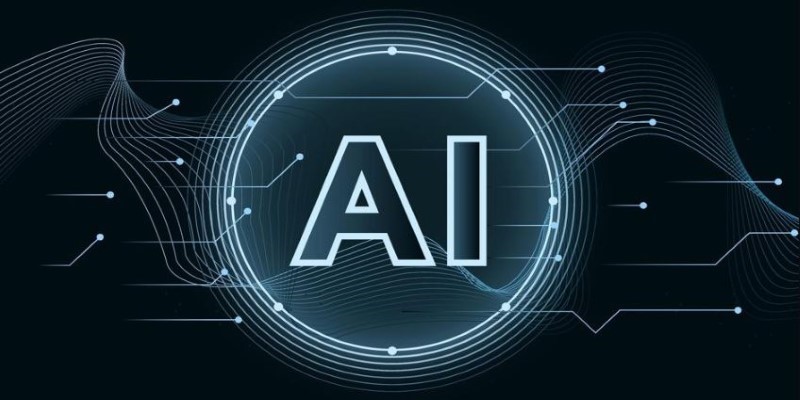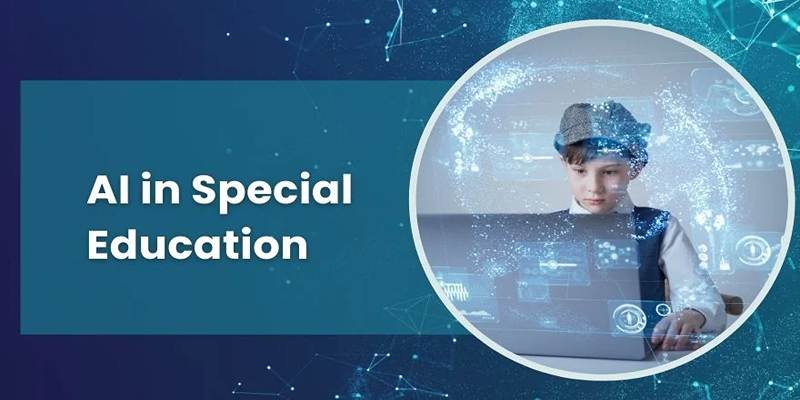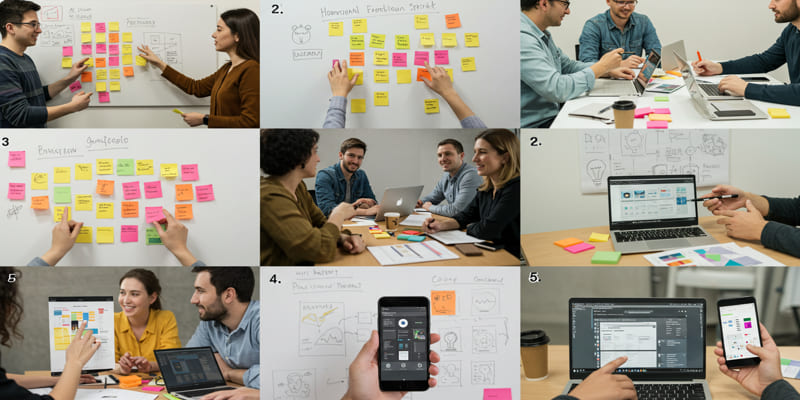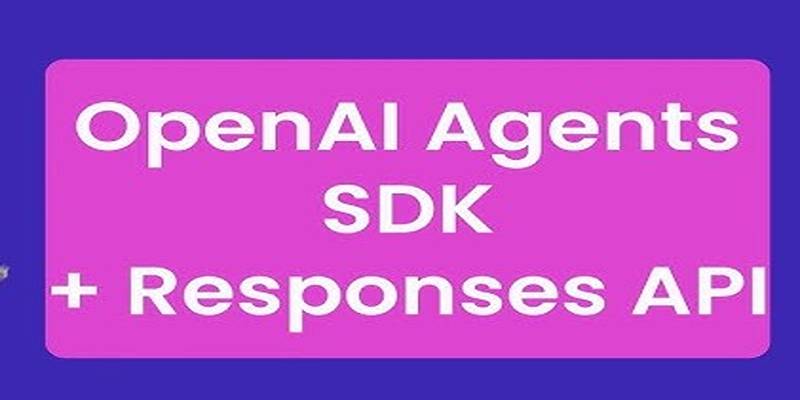Artificial intelligence (AI) has greatly progressed, particularly in sophisticated thinking challenges. DeepSeek R1 and OpenAI O1 are two of the top models available in this discipline. Both are meant to solve difficult problems, apply logical reasoning, and grasp sophisticated patterns. Deep learning features of DeepSeek R1 are well-known and tailored for extremely detailed tasks.
OpenAI O1 is known, in the meantime, for its versatility and flexible general intelligence. This article contrasts both paradigms and looks at their special capabilities in advanced thinking. Knowing the differences between DeepSeek R1 and OpenAI O1 can help you choose which one shines in challenging reasoning assignments. By the end of this comparison, you will be better able to choose which model suits your requirements.
DeepSeek R1 Overview
DeepSeek R1 is designed to challenge machine learning limits in challenging reasoning environments. It is mostly intended for highly accurate jobs needing exact analysis and thorough knowledge. The model is good at identifying subtle patterns needed in human-like thinking. Its design uses a multi-layered neural network that adapts via layers of abstraction, offering a thorough understanding of data.
DeepSeek R1 handles everything from basic searches to more complex logical deductions and performs well on big datasets with ideal hardware integration. It thrives in settings requiring predictive analysis and historical data-based logical decisions. DeepSeek R1 also shines in the legal, financial, and healthcare sectors, where precision in deciphering challenging data is vital. Its deep learning approach and large computational capability are perfect for highly demanding, sophisticated reasoning jobs.
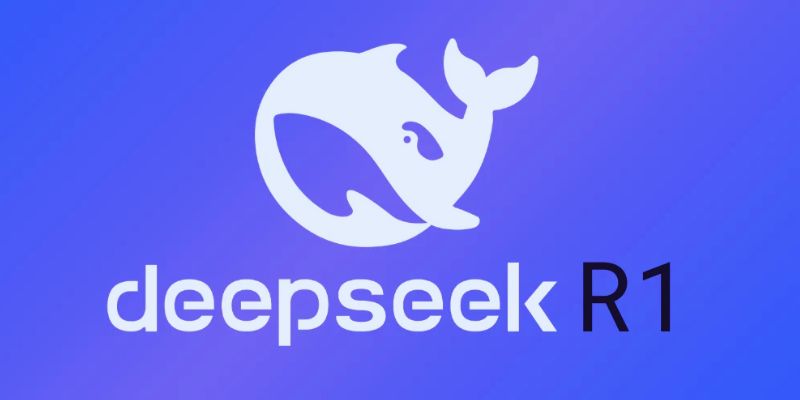
OpenAI O1 Capabilities
OpenAI O1 is a highly flexible artificial intelligence model that manages several reasoning chores, from broad logic to specialized problem-solving. It is built on a flexible neural architecture that easily handles enormous volumes of unstructured input. Unlike DeepSeek R1, OpenAI O1 can approach problems in several disciplines since it is optimized for general-purpose thinking. Its adaptability allows it to easily interact with many sectors, supporting everything from consumer service to research.
One of its strongest points is its capacity to pick knowledge from several sources and adjust in real time to meet fresh difficulties. Ideal for real-time, dynamic problem-solving, OpenAI O1's reinforcement learning process also guarantees that it constantly increases its reasoning capacities. OpenAI O1 is a formidable rival in advanced reasoning challenges since it can manage difficult tasks while being scalable to different applications.
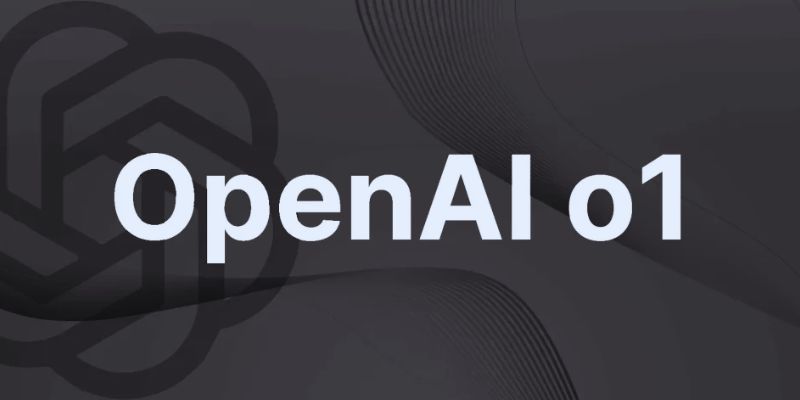
DeepSeek R1 in Action
DeepSeek R1 is meant to shine in specialized settings requiring a thorough awareness of complex challenges. Its deep learning approach, which can identify complex trends in big datasets, is among its most outstanding features. DeepSeek R1, for example, is used in healthcare to examine medical information and generate forecasts grounded on past patient data. The finance industry analyzes financial data to project market trends and create investment advice.
Its capacity to grasp context is essential since it combines numerous layers of thinking instead of depending just on facts. DeepSeek R1's sophisticated algorithms guarantee accuracy and detail by allowing it to divide difficult issues into doable elements. However, its emphasis on deep learning can occasionally restrict its adaptability, making it more appropriate for sectors requiring great accuracy. While OpenAI O1 presents a wider spectrum of uses, DeepSeek R1 is recommended for some jobs because of its meticulous nature.
OpenAI O1 in Action
Designed for general use and able to handle a range of difficult reasoning challenges, OpenAI O1's large-scale neural networks and deep reinforcement learning enable it to solve problems in several spheres. For natural language comprehension in customer service, for example, OpenAI O1—capable of interpreting challenging questions and offering pertinent, human-like answers—has been applied. In research environments, it may also manage difficult logical deductions, supporting scientists' formulation and testing of hypotheses.
Real-time problem-solving where OpenAI O1 constantly improves its reasoning skills as fresh data arrives shows its flexibility. Its strong design makes it particularly valuable in dynamic settings requiring constant learning and adaptation. OpenAI O1 produces consistent results for text, pictures, and structured data. Its capacity to manage several activities and enhance performance makes it a flexible tool for challenging complicated ideas in many sectors.
Key Differences Between DeepSeek R1 and OpenAI O1
DeepSeek R1 and OpenAI O1 differ mainly in their intended use cases and architecture. DeepSeek R1 is designed for high-precision thinking, particularly when a thorough study of huge datasets is vital. Its emphasis on predictive analytics and organized data processing qualifies it for legal, financial, and healthcare sectors. Conversely, OpenAI O1 is more flexible and adaptive and fits a wider spectrum of uses.
Its capacity to manage several tasks, including natural language processing, picture recognition, and dynamic problem-solving, helps it operate in many sectors. DeepSeek R1 also makes another important distinction in using a customized deep learning method that is quite accurate but less flexible than OpenAI O1's general-purpose architecture. OpenAI O1 is more suited to changing surroundings and real-time decision-making procedures since its strength resides in its capacity to learn constantly and advance.
Performance and Scalability
Performance and scalability are important factors when deciding between DeepSeek R1 and OpenAI O1 for sophisticated reasoning tasks. DeepSeek R1 is designed for performance in specific contexts. In jobs including predictive analytics and decision support systems, it effectively manages vast amounts of data and produces precise findings. However, its scalability is quite limited in sectors where exact thinking is critical. Although its performance in these particular fields is unparalleled, it might not scale sufficiently for more general uses.
OpenAI O1 may be implemented across a broad spectrum of sectors and is quite scalable. It is a more flexible option for scaling across multiple environments because of its adaptability to many tasks and combined ability to develop in real-time through reinforcement learning. For companies or initiatives needing flexibility, OpenAI O1 provides more efficient expansion and adaptation to changing needs than DeepSeek R1.
Conclusion:
Though they thrive in several areas, DeepSeek R1 and OpenAI O1 shine in advanced thinking activities. Industries like banking or healthcare that need thorough, specialized research would find DeepSeek R1 perfect. Conversely, OpenAI O1 provides more general adaptation and is ideal for general-purpose thinking and real-time problem-solving. Your particular needs will determine which of the two you choose—whether you value scalability, constant learning, or precise work. Knowing these strengths will enable you to select the correct artificial intelligence solution for difficult advanced thinking problems.
